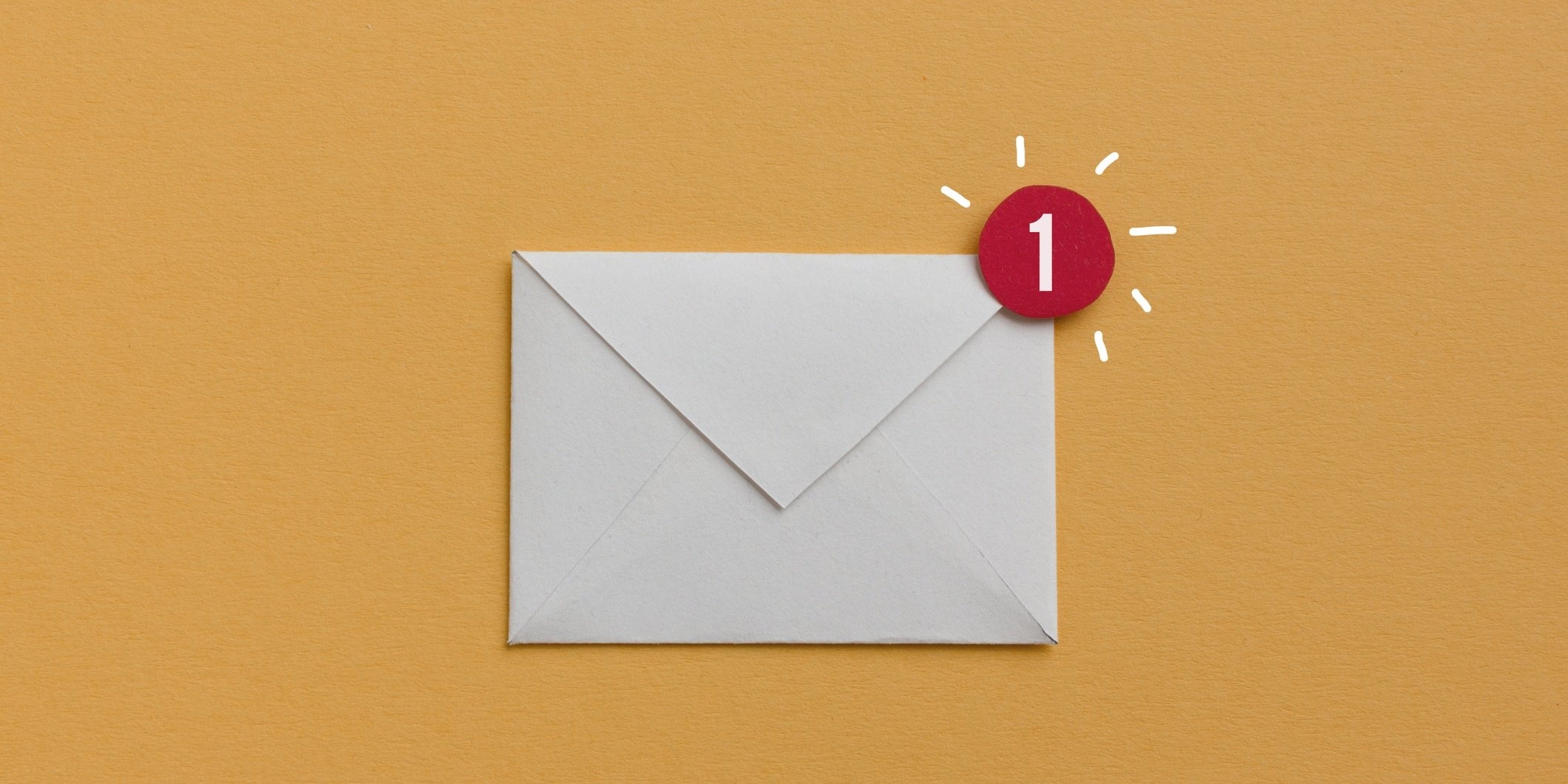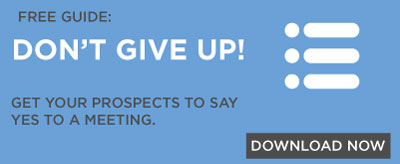 Recently, I sat on a panel about sales and marketing, and during the presentation, another fellow panelist said, 'Email is dead! Social media is where to reach your people!' Well... I laughed (internally, of course)... but was he right?
Recently, I sat on a panel about sales and marketing, and during the presentation, another fellow panelist said, 'Email is dead! Social media is where to reach your people!' Well... I laughed (internally, of course)... but was he right?
Surely not.
At that point in the presentation, I checked out, and my mind went berserk...
Wait... Am I wasting my time creating targeted emails?
Am I missing out on something on social media?
What does he know that I don't?
Is everything I've implemented all of these years now just a waste of time?
As I'm sitting there racking my brain (remember... I'm on the panel, I can't lose my cool or cut him off and start a debate), a few things from my training and experience that are tried and true, and stand firm today, immediately pop into my head and somewhat comforted me.
- Who's this guy's target audience and where do they prefer to receive messaging and communication?
Maybe his target audience isn't utilizing email. - What are his (or his client's) goals?
Maybe his goals are that which are not best achieved via email. - WHO DOES HE THINK HE IS TELLING ALL OF THESE WIDE-EYED BUSINESS LEADERS ATTENDING THIS PANEL THAT EMAIL IS DEAD!?
Just kidding... but not really. How dare he say such a bold statement without adding in a few asterisks as to why he's saying this and the context he's sharing.
To share a little more on this story just so you don't think all of these business leaders left abandoning their email strategies, the guy that was oh so daring as to share this statement owned a social media marketing company, and his clientele focused on a B2C consumer.
The panel had a variety of marketing and sales leaders who spoke into various strategies, and (hopefully) through other questions that were asked and answers that were shared, no one left with the intent to delete email from their marketing and sales strategy.
After that, I did a little digging to comfort my mind and ensure that I wasn't leading any strategy astray. Some of the statistics I found are encouraging to not only an overall sales and marketing strategy, but also for salespeople utilizing email in their Don't Give Up strategies and sales managers who are coaching their teams on the best ways for salespeople to connect with their target prospects.
10 Eye-Opening Email Statistics + How They Can Guide Your Sales Email Strategy
- Email is the third most influential source of information for B2B audiences, behind only colleague recommendations and industry-specific thought leaders.
- Whew! No comment needed. Except... if you're not utilizing email for your B2B sales strategy, you should be.
- Whew! No comment needed. Except... if you're not utilizing email for your B2B sales strategy, you should be.
- 86% of professionals prefer to use email when communicating for business purposes.
- Obviously, that guy on the panel didn't do his research, or he didn't share who his target audience was, because people ARE still using email to communicate for business purposes - and apparently, they prefer it!
- Obviously, that guy on the panel didn't do his research, or he didn't share who his target audience was, because people ARE still using email to communicate for business purposes - and apparently, they prefer it!
- CTRs are 47% higher for B2B email campaigns than B2C email campaigns.
- Maybe this is why he shared that 'email is dead.' More than likely he's working with a B2C client targeting a very different consumer than the B2B world. I still don't believe the statement that 'email is dead,' even for the B2C world, but it's obvious that it's more effective for B2B.
- Maybe this is why he shared that 'email is dead.' More than likely he's working with a B2C client targeting a very different consumer than the B2B world. I still don't believe the statement that 'email is dead,' even for the B2C world, but it's obvious that it's more effective for B2B.
- Emails that contain one to three questions are 50% likelier to get a response than an email without questions.
- When crafting an email to a prospect, show that you care and want to learn what they need by asking questions rather than just pushing a product on them in an email.
- Emails between 50-125 words yield the best response rates (51%).
- Keep your emails short, sweet and to the point. Don't waste your time (or theirs) crafting an extensive email when all you need is the answer to one question.
- Keep your emails short, sweet and to the point. Don't waste your time (or theirs) crafting an extensive email when all you need is the answer to one question.
- 66% of unsubscribes occur between 5 and 10 p.m., and people prefer to read emails around 5 and 6 a.m.
- The biggest note here is that it's important to know your prospects and target audience. These times could vary depending on the audience we are speaking of here, so take the time to research the industry, prospects' preferences, etc., and ensure emails are sending at their preferred times and that you aren't sending emails when they are most likely to unsubscribe.
- The biggest note here is that it's important to know your prospects and target audience. These times could vary depending on the audience we are speaking of here, so take the time to research the industry, prospects' preferences, etc., and ensure emails are sending at their preferred times and that you aren't sending emails when they are most likely to unsubscribe.
- Seven in 10 B2B buyers watch a video sometime during their buying process.
- Utilize video. Take advantage of this by providing videos to help them throughout the buying process, or create a customized video to send.
- Utilize video. Take advantage of this by providing videos to help them throughout the buying process, or create a customized video to send.
- The most effective words to include in a subject line are: Demo, Connect, Cancellation, Apply, Opportunity, Conference, and Payments
- Think of ways to utilize these words if (and ONLY if) they fit your email subject.
- Think of ways to utilize these words if (and ONLY if) they fit your email subject.
- The most ineffective words to include in a subject line are: Assistance, Speaker, Press, Social, Invite, Join, and Confirm.
- Avoid these if you can.
- Avoid these if you can.
- Subject lines with three to four words get more responses than shorter or longer ones.
- Be strategic when crafting your subject lines. With the ability to delete a mass amount of emails within a few seconds with a few clicks, make sure your subject lines stand out from the crowd and grab the attention quick.
According to research (and my personal experience), email is not dead.
Our sales team finds it being a vital part of their 'Don't Give Up' strategy, and we encourage salespeople to explore the best ways to utilize this channel of communication.
By exploring the target audience and understanding their needs, communication habits and preferences, paired with keeping goals in mind, email as part of a sales strategy continues to be both effective and beneficial for salespeople.
Editor's Note: This blog was originally written in 2019 and has since been updated.



